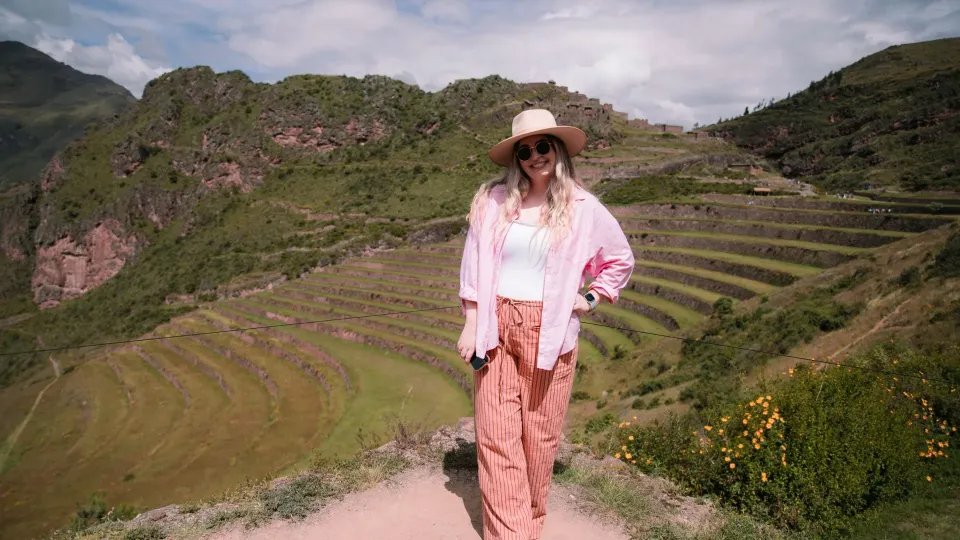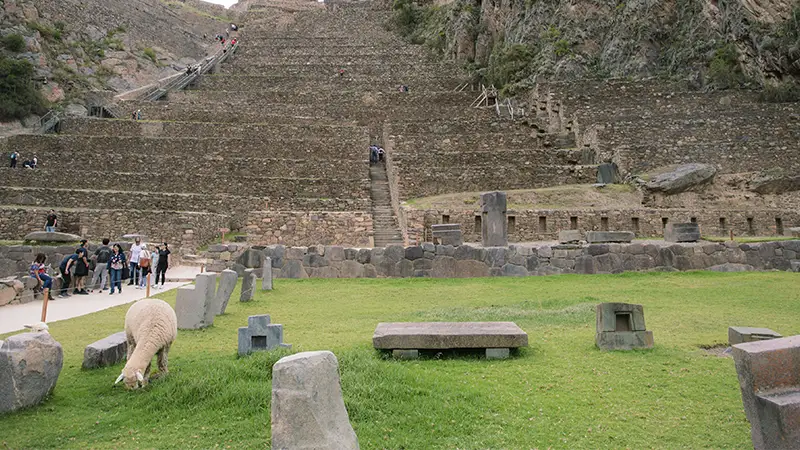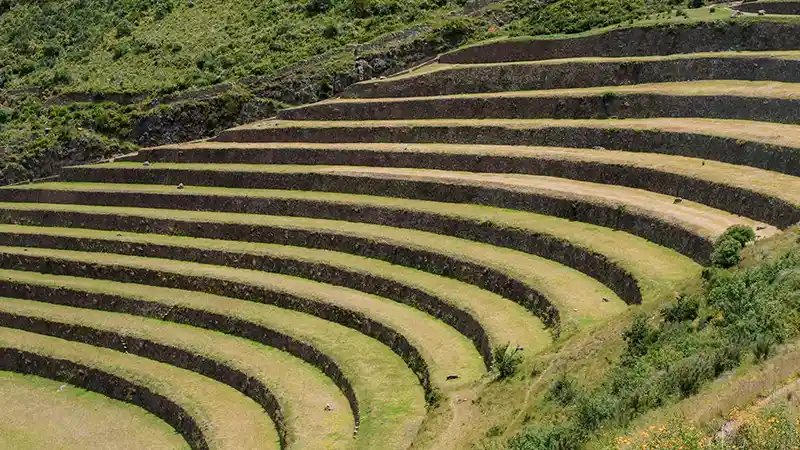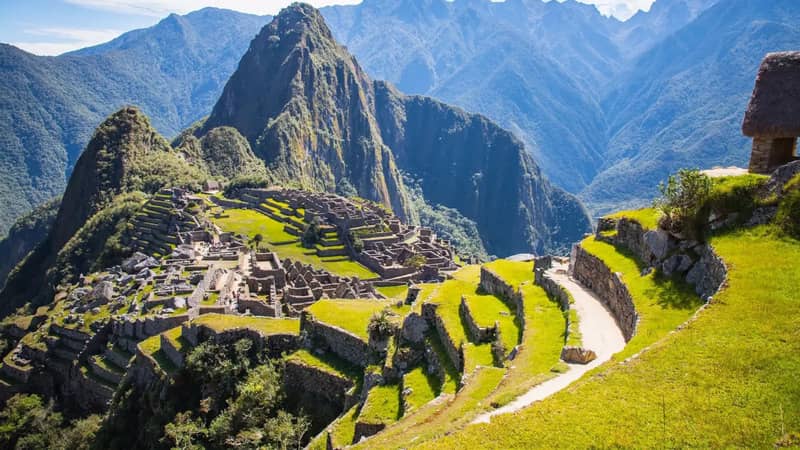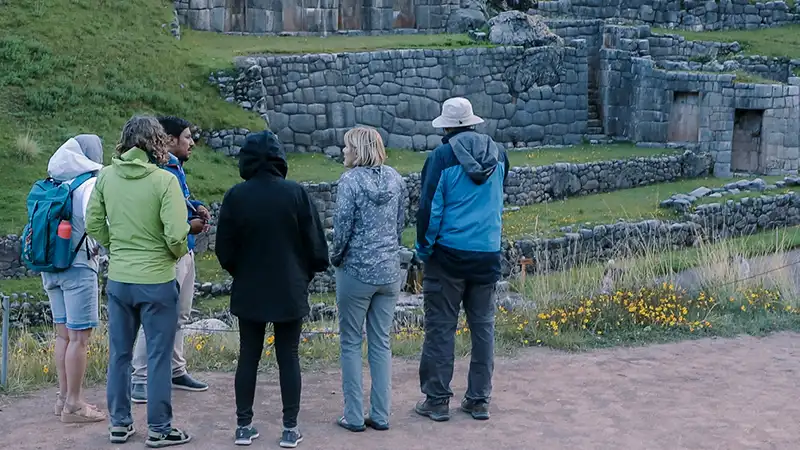Close to the city of Cusco, you will have to make a must visit. The Sacred Valley Peru is popular in recent times for its history, tradition, Inca sites, the Urubamba river, local villages and food. You can find it between Cusco and Machu Picchu. The Sacred Valley of the Incas has a different elevation and a warmer climate that you can enjoy. Therefore the Incas grew potatoes, corn, coca, fruits and vegetables on terraces. An important place for food production.
That is why the Incas built great fortresses in the Sacred Valley. You can visit them by hiring an organized tour from Cusco where you will find magical landscapes. Because there is an Inca culture that is maintained over time.
Being a place of lower altitude, travelers use the valley to acclimatize to the altitude. It is recommended that if you arrive in Cusco, you should travel to the Sacred Valley to avoid altitude sickness.
All you need to know about the Sacred Valley of the Incas in Peru
Where is the Valley and its elevation?
The Sacred Valley of the Incas is located in Peru, northeast of the city of Cusco. Cusco has a higher elevation than the Sacred Valley of the Incas. The elevation or altitude varies from 2,790 meters above sea level (9,000 feet) to 5,000 meters above sea level (16,000 feet).
It is estimated that 65,000 people live in the valley. It arose thanks to the Urubamba River, which is also known as the Vilcanota River. The translation comes from the Quechua Willkanuta or Willkamayu, which means “sacred river”.
Sacred Valley is a fertile land that extends from Pisac to Ollantaytambo. So there are unimaginable archaeological sites that you can visit. It has a warm and sunny climate but it is necessary that you also know its seasons.
Weather & Climate
The typical climate of the Sacred Valley does not usually feel the variation during the twelve months. However, if you go to the high mountain peaks, you will feel a temperature so cold that it keeps the snow all year round. An example is the Salkantay mountain. On the other hand, in most of the Sacred Valley the climate is warm and has two distinct seasons.
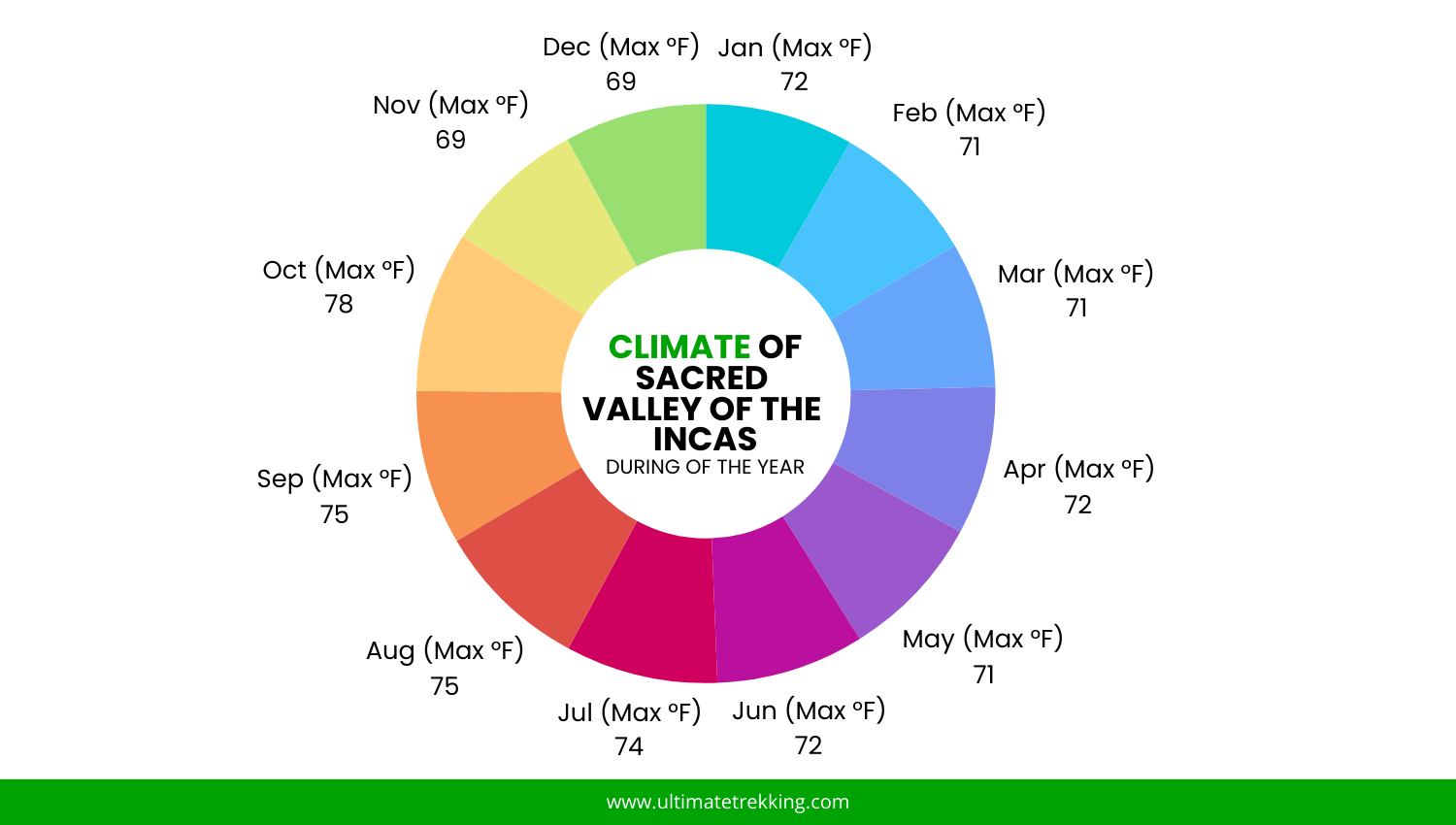
Dry season
- The months are from April to October where there will be a minimum probability of rain.
- The daytime temperature is 68ºF to 72ºF (20ºC - 22ºC).
- Meanwhile at night the temperature drops from 35ºF to 40ºF (1.7ºC - 4.4ºC).
Rainy Season
- The months go from November to March where there will be light rains in the mornings and heavy rains in the evenings.
- Daytime temperatures range from 68ºF to 70ºF (20ºC - 22ºC).
- On the other hand, at night the average temperature is 45ºF (7.2ºC).
- The heaviest rains usually fall during the months of January and February.
Best Time to Visit
The best time to visit the Sacred Valley of the Incas is during the dry season. Because from April to October the probability of rain is minimal. In addition you will find sunny days. It is recommended to book a tour months in advance because it is a high season to visit the Sacred Valley. But the rainy season also has its advantages. The archaeological sites are less crowded and you will find landscapes in more greenish tones.
History
The Incas were the largest empire in South America in the 15th and 16th Centuries; they started in the Cusco valley and soon conquered the nearby regions. The Sacred Valley was incorporated into the Inca Empire somewhere between 1000 to 1400 AD.
The Sacred Valley was the preferred getaway place of the Inca Kings due to its proximity to Cusco, lower altitude, warmer weather, and fertile lands where maize was produced widely from Pisaq to Ollantaytambo.
The Incas built agricultural terraces on the hillsides flanking the valley floor; today is possible to see this advanced agricultural engineering all along the valley from Pisaq to Ollantaytambo.
In January 1536, the battle of Ollantaytambo took place between the forces of Manco Inca and the Spanish Conquistador Hernando Pizarro. Despite the victory of the Incas, Manco's forces retrieved further down to the Valley of Machu Picchu and Vilcabamba, and the Spaniards occupied the Sacred Valley.
On June 24th, 1969, the Land Reform in Peru replaced the Latifundio and Minifundio system with rural land redistribution to the Campesinos organized in cooperatives and agricultural organizations. This reform eliminated a centuries-old system of debt peonage from the Colony.
Best places to see during the Sacred Valley
Ccochahuasi Animal Shelter:
Located 35 minutes from Cusco city, Ccochahuasi is a private organization dedicated to rescuing wild animals such as the Andean Condor, Puma, Spectacled Bear, deers, and many other local animals and birds from the area. By visiting Ccochahuasi, you will enjoy seeing these amazing creatures very close and help with this project to keep rescuing endangered animals.
Awana Cancha
Awanacancha was established in 2014 as the first interpretation center of South American camelids. You will be able to see in situ the llamas, alpacas. vicuñas and guanacos. Learn the history, differences, their fiber, and uses of these handsome creatures.
Mirador Taray
The lookout point of Taray is a must-stop place when you are exploring the Sacred Valley. After driving through the mountains of Cusco, you will arrive at Mirador Taray, from where you will have an amazing view of the mountains, the Sacred Valley, and the Urubamba River.
Pisaq Archaeological Site
Located right above the town of Pisaq, this spectacular place is located on top of a mountain at approximately 3500 meters. Pisaq is one of the most beautiful archaeological sites in the Sacred Valley. You will be able to see farming terraces, religious sites, urban areas, and the largest ancient Inca cemetery with more than 10,000 graves.
Pisaq Market
Pisaq is famous for its local handicraft market; hundreds of visitors will bargain with local art and crafts every day.
Urubamba
During the Sacred Valley tour, you will pass by Urubamba, the less touristic place in this group. Urubamba is a perfect place to have lunch. Most restaurants offer buffet meals with fresh local products such as quinoa, potatoes, beans, cuy, trout, corn.
Ollantaytambo
The Last Living Inca Citadel, Ollanatyatmbo, has been continuously inhabited since the 15th century. Explore the original cobblestone streets and visit the double Jamba doorways of the buildings where the locals live in the same building where the Incas lived 500 years ago.
Ollantaytambo also has an amazing Inca Site. The fortress of Ollantaytambo was under construction when the Spaniards arrived.
Moray
The circular terraces of Moray are located 38 km north of Cusco. This stunning archaeological site consists of 4 Roman amphitheater-style circular terraces located in huge holes in the ground with a depth of 30 meters. Although the purpose of these terraces is not clear, it is believed that these terraces were used for agricultural experiments and adaptation to different crops.
Maras Town
Located at 3376 meters, Maras is a picturesque district located in the upper of the Sacred Valley.
Maras was inhabited during the colony to harvest the salt in Salineras located in the lower part of the town. We can find narrow streets with beautiful doorways.
Salineras de Maras
Salineras is located near the town of Maras, with more than 3,000 salt ponds. Villagers in Maras harvest salt here using the evaporation system, irrigating the ponds every day for a month with salty water from the mountains. Once the salt is thick enough (about 10 cm), its harvested and shipped to the local market, each member of Maras village owns a certain number of ponds, and together they created a local company called MARASAL.
Chinchero
Located at 3760 masl, it's famous for its local market, colonial church, and farming terrace.
The residents of Chinchero are dedicated to agriculture, mainly growing potatoes and textiles using Andean designs, natural colors, and ancient traditional tools to produce the best fabrics in the area.

